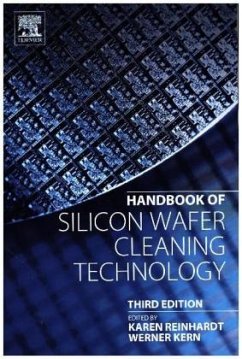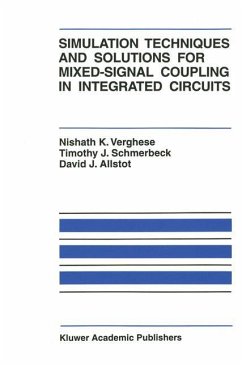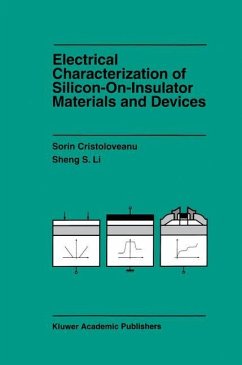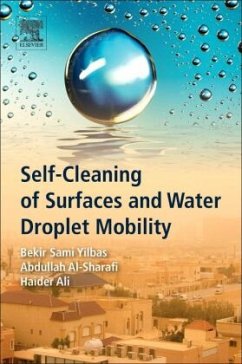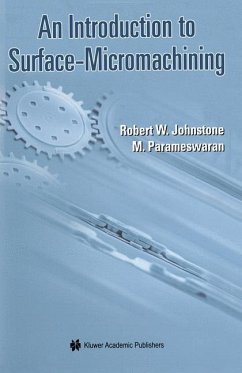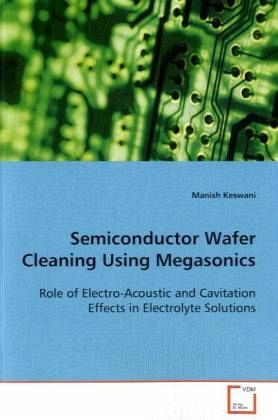
Semiconductor Wafer Cleaning Using Megasonics
Role of Electro-Acoustic and Cavitation Effects in Electrolyte Solutions
Versandkostenfrei!
Versandfertig in 6-10 Tagen
45,99 €
inkl. MwSt.

PAYBACK Punkte
23 °P sammeln!
Megasonic cleaning is routinely used in the semiconductor industry to remove particle contaminants from wafer and mask surfaces. Cleaning is achieved through proper choice of chemical solutions, power density & frequency of acoustic field. Considerable work has been done to increase the understanding of particle removal mechanisms in megasonic cleaning using different solution chemistries with varying ionic strengths. However, to date, the focus of all these studies of particle removal has been either cavitation or acoustic streaming. It is well known that the propagation of sound through a co...
Megasonic cleaning is routinely used in the
semiconductor industry to remove particle
contaminants from wafer and mask surfaces. Cleaning
is achieved through proper choice of chemical
solutions, power density & frequency of acoustic
field. Considerable work has been done to increase
the understanding of particle removal mechanisms in
megasonic cleaning using different solution
chemistries with varying ionic strengths. However,
to date, the focus of all these studies of particle
removal has been either cavitation or acoustic
streaming. It is well known that the propagation of
sound through a colloidal dispersion containing ions
results in the generation of two types of
oscillating electric potentials, namely, Ionic
Vibration Potential & Colloid Vibration Potential.
This book reviews some of the current work that
shows that these potentials and their associated
electric fields can exert significant forces on
charged particles adhered to a surface, resulting in
their removal.
semiconductor industry to remove particle
contaminants from wafer and mask surfaces. Cleaning
is achieved through proper choice of chemical
solutions, power density & frequency of acoustic
field. Considerable work has been done to increase
the understanding of particle removal mechanisms in
megasonic cleaning using different solution
chemistries with varying ionic strengths. However,
to date, the focus of all these studies of particle
removal has been either cavitation or acoustic
streaming. It is well known that the propagation of
sound through a colloidal dispersion containing ions
results in the generation of two types of
oscillating electric potentials, namely, Ionic
Vibration Potential & Colloid Vibration Potential.
This book reviews some of the current work that
shows that these potentials and their associated
electric fields can exert significant forces on
charged particles adhered to a surface, resulting in
their removal.



